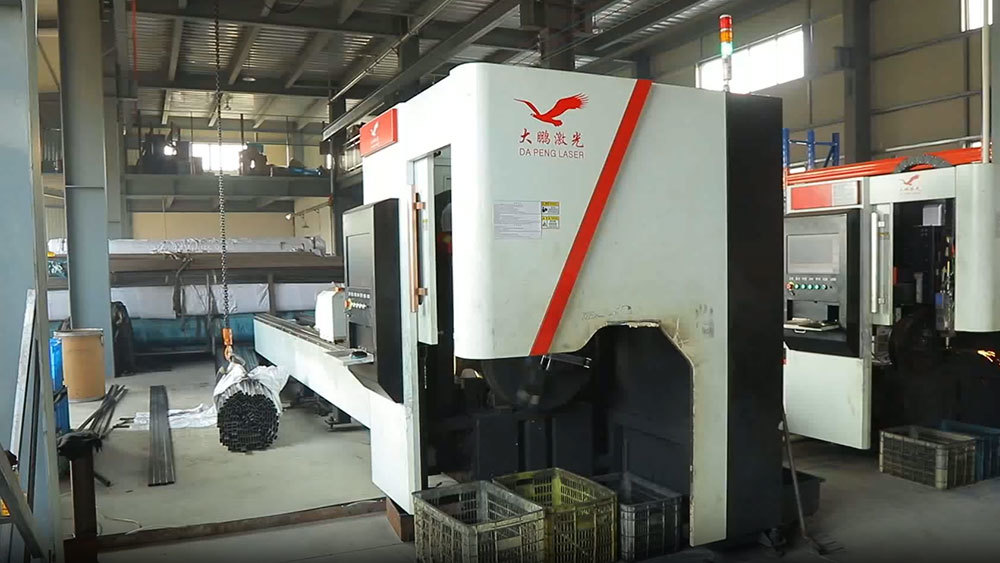Blogs

The Future of Two Wheel Drive Off Road Motorcycles: Trends to Watch
16 Jul,2025
The Future of Two Wheel Drive Off Road Motorcycles: Trends to Watch
Table of Contents
- 1. Introduction to Two Wheel Drive Off Road Motorcycles
- 2. A Brief History of Off Road Motorcycles
- 3. Current Trends in Off Road Motorcycles
- 4. Emerging Technologies in Motorcycle Design
- 5. Sustainability and Eco-Friendly Practices
- 6. Changing Consumer Preferences
- 7. Safety Advancements in Two Wheel Drive Motorcycles
- 8. The Future Landscape of Off Road Motorcycles
- 9. Conclusion
- 10. Frequently Asked Questions
1. Introduction to Two Wheel Drive Off Road Motorcycles
The realm of **two wheel drive off road motorcycles** has seen remarkable advancements over the past few decades. These powerful machines, designed to tackle rugged terrains, offer enhanced performance, control, and excitement for riders. As we delve into the trends shaping the future of these motorcycles, we will explore innovations, consumer preferences, and the sustainability movement that is rapidly gaining traction.
2. A Brief History of Off Road Motorcycles
The journey of off road motorcycles began in the early 20th century, primarily as modified road bikes designed for rough terrains. The introduction of specialized **two wheel drive systems** in the 1980s marked a significant milestone in motorcycle technology. These systems allowed riders to experience unparalleled traction and stability on challenging surfaces, setting the stage for future developments.
As the sport gained popularity, manufacturers began focusing on improving **durability** and **performance**, leading to the evolution of bikes tailored for various off-road conditions. Today, the industry is poised for another transformation, driven by cutting-edge technology and consumer demands for sustainability and safety.
3. Current Trends in Off Road Motorcycles
Off road motorcycles are undergoing a renaissance, influenced by several emerging trends.
3.1 Increased Customization
Today’s riders seek personalization options that reflect their unique style and preferences. Manufacturers are responding by offering customizable features such as adjustable suspension systems, ergonomic seat designs, and aesthetic enhancements. This shift towards **customization** not only enhances the riding experience but also allows manufacturers to differentiate their products in a competitive market.
3.2 Lightweight Materials
The use of **lightweight materials** such as carbon fiber and advanced alloys is becoming increasingly common. These materials not only reduce the overall weight of the motorcycles but also improve handling and fuel efficiency. As riders demand more agile and responsive machines, manufacturers are prioritizing weight reduction without compromising durability.
4. Emerging Technologies in Motorcycle Design
As technology continues to evolve, so does the design of off road motorcycles.
4.1 Smart Features and Connectivity
The integration of **smart technology** is becoming a game-changer in the off road motorcycle industry. Features such as GPS navigation, real-time performance analytics, and smartphone connectivity are enhancing the riding experience. Riders can now track their performance metrics, navigate challenging terrains, and even access maintenance reminders through their devices.
4.2 Advanced Suspension Systems
Modern off road motorcycles are equipped with advanced **suspension systems** that adapt to various terrains. These systems utilize sensors and algorithms to automatically adjust damping and compression, providing optimal stability and comfort. This technology allows riders to tackle obstacles with confidence, enhancing safety and performance on difficult trails.
5. Sustainability and Eco-Friendly Practices
The movement towards sustainability is reshaping the motorcycle industry, with manufacturers increasingly focusing on eco-friendly practices.
5.1 Electric Off Road Motorcycles
The emergence of **electric off road motorcycles** is one of the most significant trends to watch. These bikes offer an environmentally friendly alternative to traditional gasoline-powered models, reducing emissions and noise pollution. As battery technology continues to improve, electric motorcycles are becoming more capable of handling rugged terrains while providing an exhilarating riding experience.
5.2 Sustainable Manufacturing Processes
Manufacturers are also adopting sustainable practices in their production processes. This includes using recycled materials, reducing waste, and implementing energy-efficient manufacturing techniques. By prioritizing sustainability, companies not only appeal to environmentally conscious consumers but also contribute to the overall well-being of the planet.
6. Changing Consumer Preferences
As the motorcycle market evolves, so do consumer preferences.
6.1 Demand for Versatility
Today’s riders seek motorcycles that can perform well in a variety of conditions, from challenging off road paths to smooth city streets. This demand for **versatility** is prompting manufacturers to design bikes that are adaptable to multiple environments, merging the lines between off road and street performance.
6.2 Community Engagement
Riders are increasingly valuing community engagement and experiences over simply owning a motorcycle. Group rides, events, and online forums are becoming integral parts of the off road motorcycle culture. Manufacturers are capitalizing on this trend by creating opportunities for riders to connect, share experiences, and participate in community activities.
7. Safety Advancements in Two Wheel Drive Motorcycles
Safety remains a paramount concern for motorcyclists, and manufacturers are leveraging technology to enhance rider safety.
7.1 Anti-lock Braking Systems (ABS)
The implementation of **Anti-lock Braking Systems (ABS)** has revolutionized motorcycle safety. This technology prevents wheel lock-up during braking, allowing riders to maintain control in emergency situations. As safety regulations become stricter, we can expect ABS to become a standard feature in off road motorcycles.
7.2 Enhanced Visibility Features
Rider visibility is crucial for safety, particularly in off road environments. Manufacturers are incorporating **LED lighting systems**, reflective materials, and other visibility-enhancing features to ensure riders are seen, especially in low-light conditions. These advancements significantly reduce the risk of accidents and improve overall safety.
8. The Future Landscape of Off Road Motorcycles
Looking ahead, the future of two wheel drive off road motorcycles appears promising.
8.1 Integration of AI and Machine Learning
The integration of **artificial intelligence** and **machine learning** in motorcycle design will lead to smarter, more intuitive riding experiences. Future motorcycles may be equipped with systems that learn from a rider's behavior, adjusting performance characteristics to suit individual preferences and riding styles.
8.2 Global Expansion of Off Road Riding Experiences
As off road riding becomes more popular worldwide, manufacturers are exploring opportunities to expand their markets. This includes developing bikes suited for diverse terrains and climates, ensuring that riders across the globe can enjoy the thrill of two wheel drive motorcycles.
9. Conclusion
The landscape of two wheel drive off road motorcycles is rapidly evolving, driven by technological advancements, consumer preferences, and sustainability efforts. As we embrace the future, it is crucial for manufacturers and riders alike to stay informed about these trends. By prioritizing innovation and safety while fostering community engagement, the off road motorcycle industry is set to thrive in the years to come.
10. Frequently Asked Questions
1. What are the benefits of two wheel drive in off road motorcycles?
Two wheel drive systems provide enhanced traction, stability, and control on a variety of terrains, allowing riders to navigate challenging conditions more effectively.
2. Are electric off road motorcycles a viable option?
Yes, electric off road motorcycles are becoming increasingly viable as battery technology improves, offering powerful performance and reduced environmental impact.
3. How do advanced suspension systems improve riding comfort?
Advanced suspension systems automatically adjust to varying terrain conditions, providing better shock absorption and stability, resulting in a smoother ride.
4. What role does safety technology play in modern motorcycles?
Safety technologies such as ABS and enhanced visibility features help reduce the risk of accidents, making motorcycles safer for riders.
5. How can I stay informed about the latest trends in off road motorcycles?
Following industry publications, attending motorcycle shows, and participating in online forums are great ways to stay updated on the latest trends and innovations in off road motorcycles.
Related Blogs

















